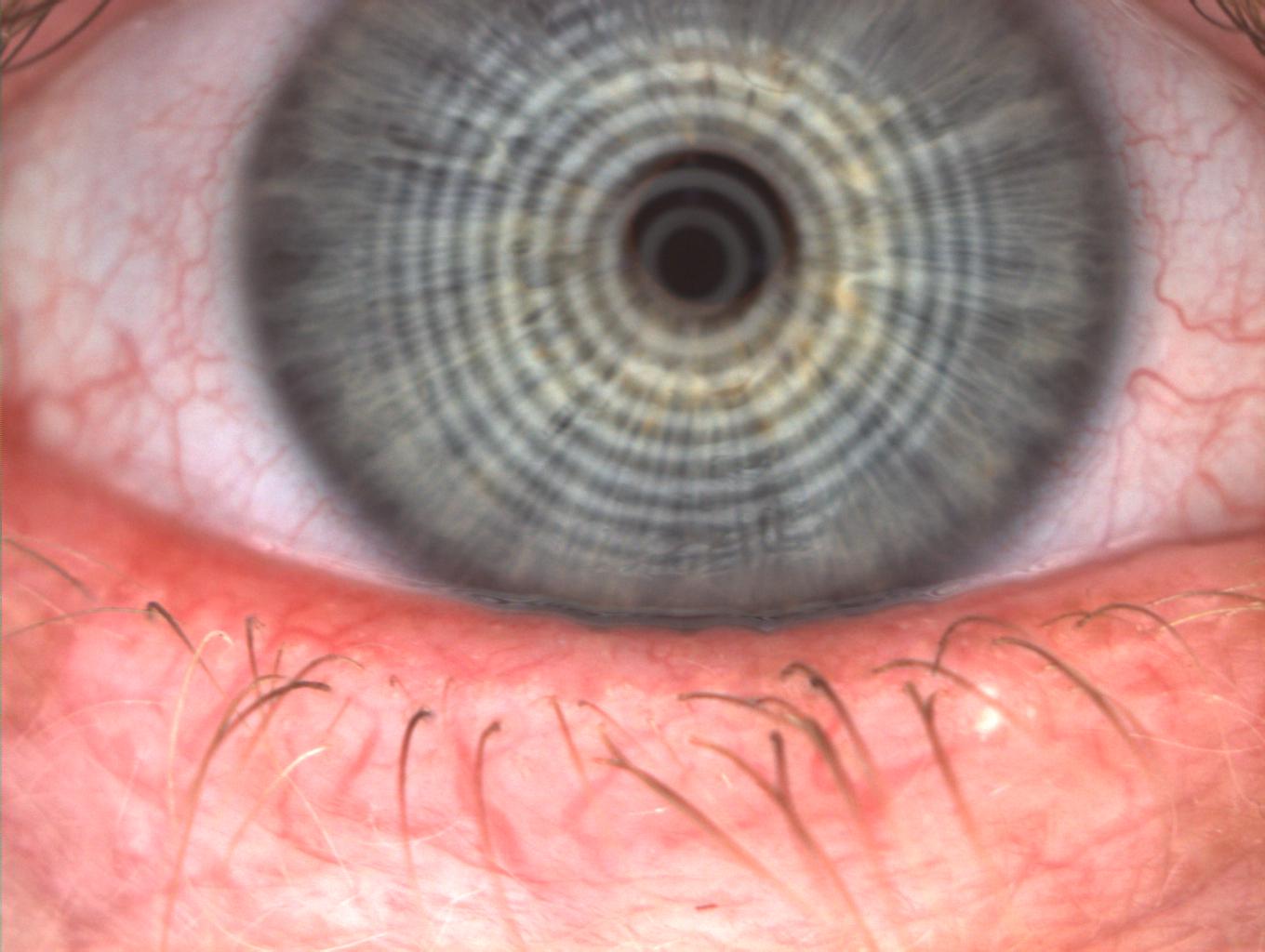News release
From:
Mask-wearing is a necessity during the pandemic, but facemasks appear to be worsening dry eye symptoms for some and contributing to causing the condition in others, studies show.
Optometrist Dr Leigh Plowman has created a free Dry Eye Directory (1) and website to educate people about the condition and help them gain relief and treatment.
One tip is to use a mask with pliable nose-wire to prevent excess air flowing upwards from beneath the mask towards the eyes.
The new phenomenon – called mask-associated dry eye or MADE – was first noticed last year with those at most risk including people who wear masks for many hours a day including health care workers, and people with pre-existing eye conditions, spectacle and contact lens wearers and older adults.
Since then evidence of MADE has been increasing, with a recent Italian study (2) finding one in six people surveyed experienced mask-associated dry eye and one in four said masks worsened their existing dry eye disease. The study aimed to measure self-reported symptoms of MADE in the general population. Of 2,447 with dry eye symptoms, 658 (26.9%) reported their symptoms were exacerbated when wearing a mask. And overall, 18.3% of the 3,605 surveyed experienced MADE.
A Portuguese survey (3) published in July also found mask use increased dry eye symptoms in contact lens wearers.
A factsheet on MADE (4) produced by The University of NSW’s School of Optometry and Vision Science says studies show that more than six hours of loose-fitting mask wear can result in increased eye symptoms including discomfort, dryness, redness, tearing and burning.
Dr Plowman, from Colac in country Victoria, said dry eye disease was increasingly common and without proper treatment, could affect daily activities such as reading, watching television, using the computer and mobile phone, dealing with work, and driving.
“Face-masks are critical in helping to stop the spread of coronavirus, so we are not in any way advocating people should abandon them,” he said. “But since the coronavirus pandemic began, myself and other optometrists have noticed an increase in symptoms among some people who already have dry eye, while others seem to be experiencing it for the first time.”
Common symptoms include sore eyes, irritated, gritty, itchy or watery eyes, blurry eyesight, excessive tearing, inflammation, redness, intermittent foggy vision, stinging or burning sensations, eye fatigue, sticky eyes, pain on waking or opening eyelids in the morning, and sensitivity to wind or smoke.
Eyedrops can help, but sometimes other treatments are required.
“Treatment should be sought early to avoid atrophy (shrinkage and loss of function) of glands on the surface of the eyes which help keep the eyes moist. Once glands shrink, dry eye disease can be irreversible, making management hard,” Dr Plowman said.
Dry Eye Directory - https://dryeyedirectory.com/ - has tips on how to improve the condition and includes a guide to dry eye treatments, causes, symptoms, diagnosis, prevention, diet, medications, procedures, supplements, products and where to find dry eye clinics.
Studies (5-9) show that another impact of the pandemic - increased use of screens due to more people working from home, being confined to home and home schooling - is leading to digital eye strain, symptoms and more cases of dry eye. This is because people blink less when using digital screens, which dries eyes.
Digital eye strain symptoms include dry eyes, blurred vision, difficulty focussing, sensitivity to light, eye fatigue, headaches and difficulty reading small print.
The 20-20-20 rule helps - every 20 minutes, diverting your focus to something that's 20 feet away for 20 seconds - as does moving away from the computer and getting a glass of water or going outside for a few minutes.
Mask associated dry eye
The first anecdotal observations of MADE (10) were reported in June 2020 by American ophthalmologist Dr D. E. White who described the condition and coined the acronym. He noted patients with pre-existing dry eye disease tended to have more discomfort while new onset disease tended to bring more visual symptoms.
American researchers then described in Ophthalmology and Therapy in July 2020 a rise in ocular irritation and dryness (11) among mask users. A small survey in Italian students (9) also documented wearing of face masks and increased use of visual display terminals during COVID-19 as risk factors for dry eye.
The Centre for Ocular Research and Education (CORE) in Canada then devised an infographic (12) to help the public reduce MADE symptoms and advised optometrists to lookout for cases.
For tips on how to improve dry eye, visit https://dryeyedirectory.com/
For interviews or more information please contact Dr Leigh Plowman on leigh@dryeyedirectory.com
References:
1. Dry Eye Directory https://dryeyedirectory.com/
3. Influence of Face Masks on the Use of Contact Lenses - PubMed (nih.gov)
4. MADE factsheet_final_1.pdf (unsw.edu.au) (which references Face Mask-Associated Ocular Irritation and Dryness and Ophthalmic complaints in face-mask wearing; prevalence, treatment, and prevention with a potential protective effect against SARS-CoV-2 )
10. BLOG: MADE: A new coronavirus-associated eye disease (healio.com)
11. Face Mask-Associated Ocular Irritation and Dryness | SpringerLink
*Research/studies 2, 3, 5,6,7,8,9 and 11 are peer reviewed.
**The Dry Eye Directory (1) is not peer reviewed; articles on blogs (10 and 12) are not peer reviewed but intended for peers, and the MADE factsheet (4) is not peer reviewed but written by university lecturers and references peer reviewed studies.
Multimedia





 Australia; International
Australia; International



